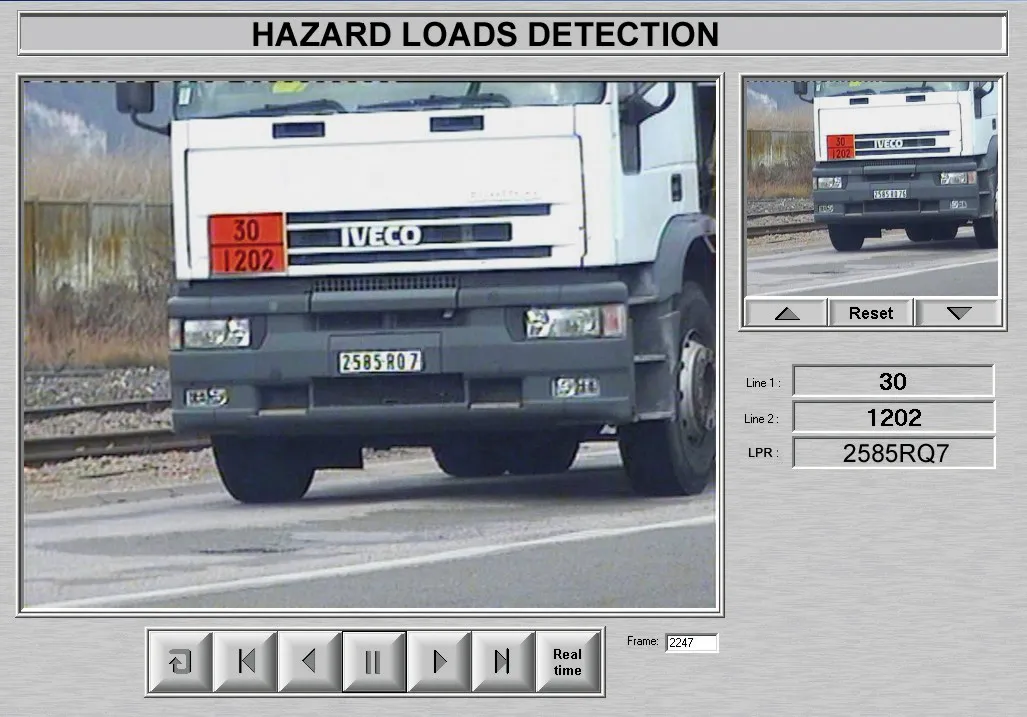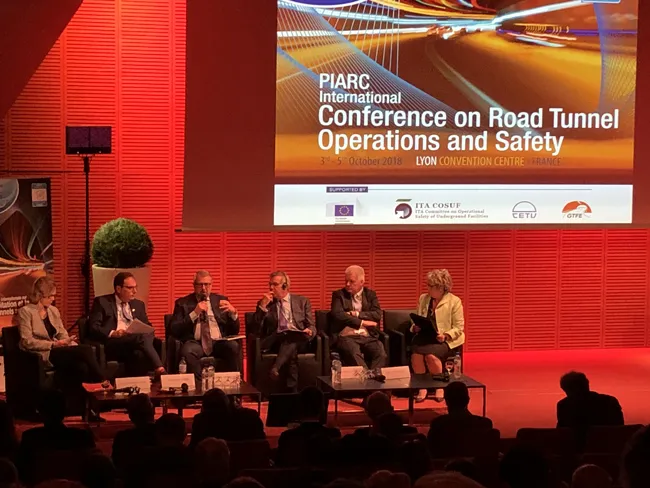The European Union provide €1.4 million from the TEN-T Programme a project to maximise road and tunnel safety on the planned Stockholm bypass in Sweden. The project forms part of the Nordic Triangle railway/road axis (TEN-T Priority Project 12), will help ensure safety on the new route. The project was selected for funding under the 2011 TEN-T Annual Call. The work will cover important safety and security studies and tests for the Stockholm bypass, which will feature 18km of tunnels. These studies aim to pr
January 10, 2013
Read time: 2 mins
The European Union provide €1.4 million from the TEN-T Programme a project to maximise road and tunnel safety on the planned Stockholm bypass in Sweden. The project forms part of the Nordic Triangle railway/road axis (TEN-T Priority Project 12), will help ensure safety on the new route. The project was selected for funding under the 2011 TEN-T Annual Call. The work will cover important safety and security studies and tests for the Stockholm bypass, which will feature 18km of tunnels. These studies aim to prevent and reduce accident risks in the tunnels in particular.
Several activities will be carried out as part of the co-financed project, including the construction of full scale models as well as comprehensive testing for safety measures. Some of the main areas of activity include the fixed fire fighting system, testing of evacuation messages in a simulated environment and research studies on behaviour during tunnel accidents, including recommendations for the tunnel design. They will also include a study on the preferred choice of smoke and fire detection systems. The project will be managed by the Trans-European Transport Network Executive Agency and is set to be completed by December 2014.
Several activities will be carried out as part of the co-financed project, including the construction of full scale models as well as comprehensive testing for safety measures. Some of the main areas of activity include the fixed fire fighting system, testing of evacuation messages in a simulated environment and research studies on behaviour during tunnel accidents, including recommendations for the tunnel design. They will also include a study on the preferred choice of smoke and fire detection systems. The project will be managed by the Trans-European Transport Network Executive Agency and is set to be completed by December 2014.









